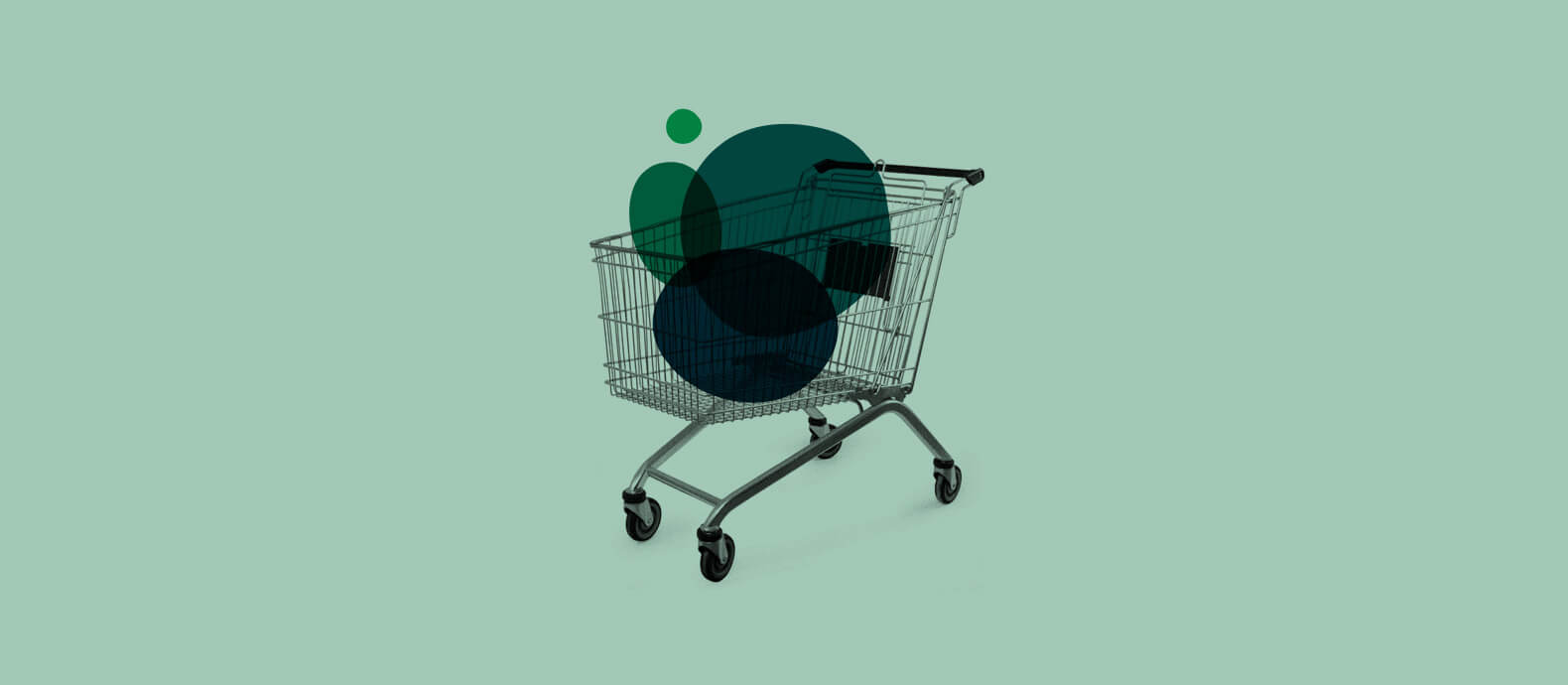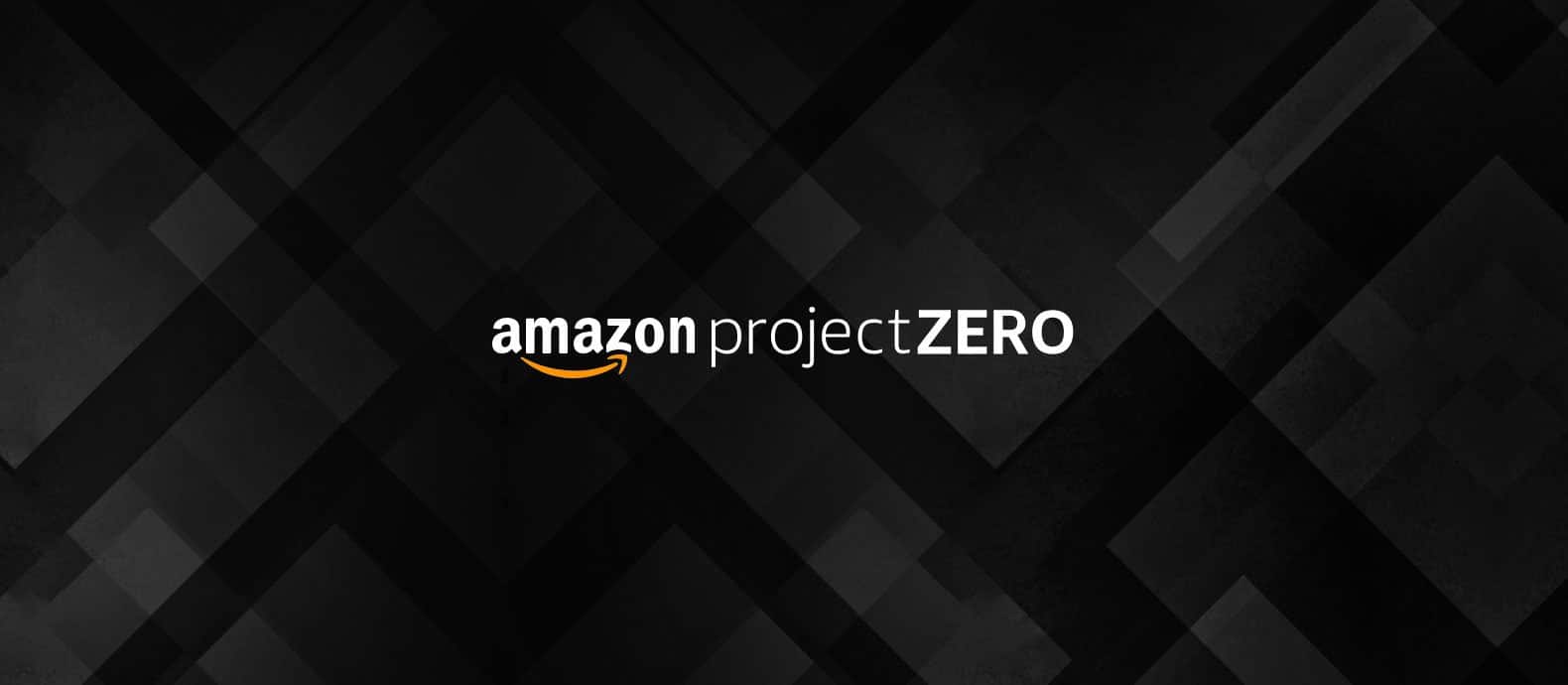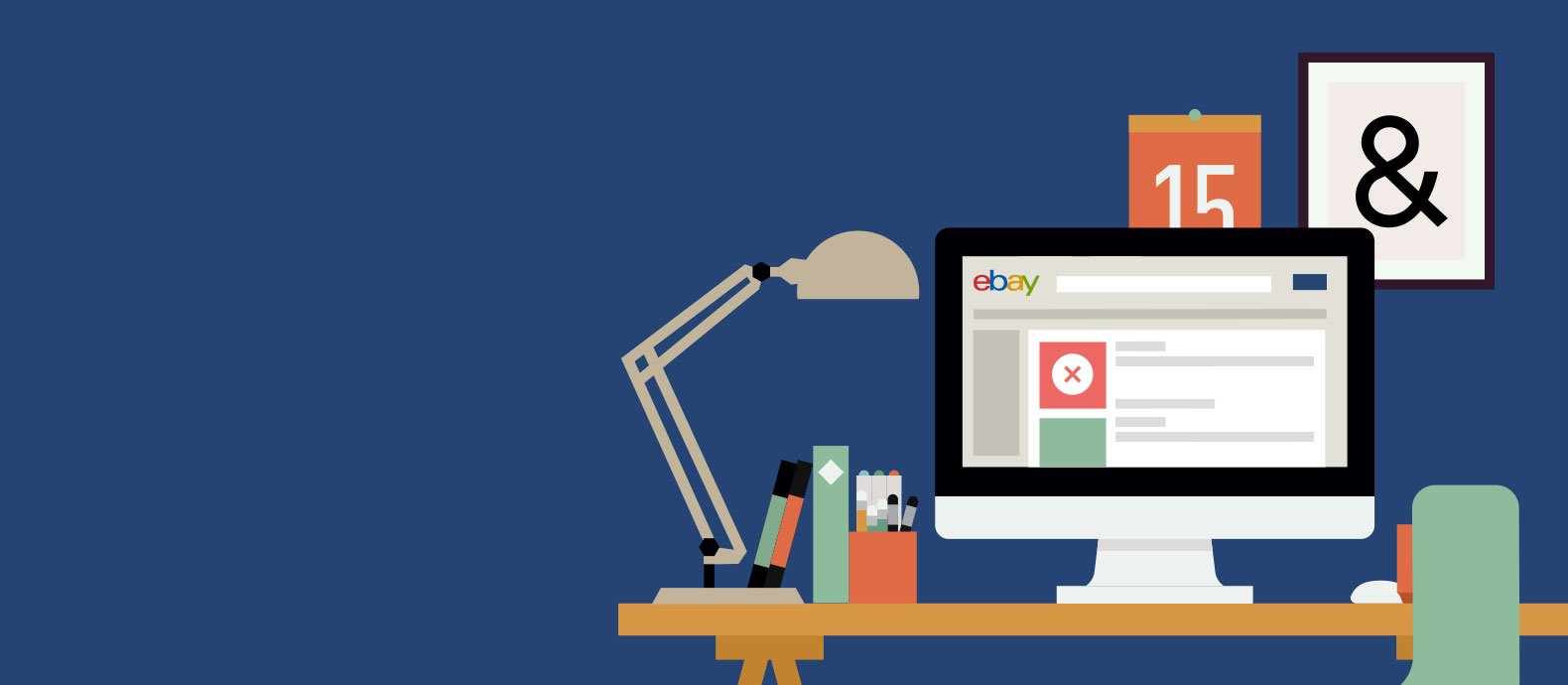Protecting your brand from counterfeits and online infringements can be overwhelming if you don’t know where to start. When you understand the risk of counterfeits, though, you will see that developing your Intellectual Property strategy is essential to protect your brand. To make this process easier, we’re sharing the top tips for protecting your brand and image in the marketplace.
Getting the full picture
If you only focus on manually monitoring and enforcing your Intellectual Property on a few marketplaces, your business is left vulnerable to bad actors. With a rapid pace of growth, marketplaces that don’t seem like a problem now can quickly spiral out of control and divert your sales.
New marketplaces are growing to be large threats to brands as more scammers sell counterfeits online. That’s why it is vital you understand the size and reach of these marketplaces so you properly allocate your Intellectual Property enforcement resources.
Build relationships with the marketplaces
Ecommerce marketplaces can help you take down infringements and deal with counterfeits much faster if you have already built a relationship with the platform.
As a brand owner, here’s what you should keep in mind to effectively strengthen your relationships with marketplaces:
Do not wait until it is too late
Protect your brand the right way from the start. Seek registration of the proper trademarks and copyrights on all the intellectual property for your brand. This will enable platforms and any other necessary authorities to support your requests to take down counterfeit products and other infringements.
Be proactive and monitor your intellectual property
There is a misconception that all marketplaces are aware of the counterfeits on their platforms. In reality, it is very difficult for marketplaces to identify counterfeits and Intellectual Property infringements on their platform unless brands bring listings to their attention. It’s essential to monitor marketplaces for counterfeits yourself, as well as report infringements when they occur.
Provide all Intellectual Property documentation/registrations
A marketplace cannot take down counterfeit products or stolen content without proper proof that infringement has occurred. Therefore, it is essential to provide all relevant documentation, authorizations, and any other distinguishing factors proving your ownership of the infringed-upon content in your report.
Work and communicate with marketplaces
Cooperating and communicating openly with marketplaces will improve your chances of getting the proper assistance when infringement occurs. The more brands report bad actors to marketplaces, the more it will negatively impact their seller accounts and ultimately get them removed from the platform. By actively communicating with marketplaces, brand owners can deal with infringements quickly and begin to disrupt fraudulent activity to take back their brands.

Tackle the problem at the source
If your product is counterfeited and sold on only one marketplace, that doesn’t mean that your counterfeit issue won’t spread to other marketplaces. Buying discounted items on one marketplace to sell for profit on another platform is quickly becoming a trend for many online sellers across the globe.
If your product is counterfeited on a marketplace like Alibaba, it could then be bought and resold by various sellers across multiple marketplaces. If that happens, your counterfeiting problem can quickly spread out of control across multiple marketplaces.
The solution? Don’t focus on just one marketplace, but tackle the problem at its source. Monitor various marketplaces, even if you don’t currently sell products there, and ensure you take down counterfeits wherever and whenever they occur.
Understand the correlation between hidden links and the listings
Social media is a breeding ground for bad actors online. As social media platforms like Instagram, Facebook, and TikTok continue to integrate marketplace-like features, brands become easier to impersonate and products become easier to counterfeit.
Hidden links are one such feature available on many platforms that make it more difficult to identify counterfeits. These links can be used to redirect consumers to outside websites and marketplaces, meaning scammers can advertise counterfeits without posting them to the actual platform. This is harder to enforce since the platforms themselves don’t have evidence on their own systems that infringement has occurred.
To combat these counterfeit threats on social media, you must monitor listings closely and keep a good record of your Intellectual Property and infringements that occur. However, monitoring social media platforms along with various other online marketplaces can be more than one Intellectual Property enforcement team can handle alone. In this case, Red Points’ Brand Protection Software can offer the scalable infringement monitoring solution you need to properly protect your brand and image online.
Next steps
Monitoring only one marketplace or ignoring counterfeits online is not an option if you want your business to succeed. Luckily, you don’t have to handle online brand protection on your own. With Red Points’ Marketplace Monitoring Software, counterfeits can be automatically found and removed across various marketplaces, e-commerce sites, and social media platforms.
Ready to take the next step to ensure your brand is protected against infringements 24/7? Check out how we can protect your brand across marketplaces.






